1. Ocean Breeze, Florida
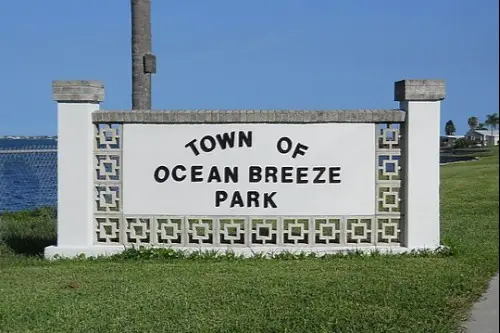
Ocean Breeze started out as Ocean Breeze Trailer Park back in the 1930s, catering to snowbirds and retirees who wanted to live steps from the Atlantic. By 1960, it had grown enough that residents voted to incorporate, creating the Town of Ocean Breeze Park. Today, the town is still almost entirely made up of manufactured homes and RV lots, making it one of the smallest incorporated municipalities in Florida. The residents manage their own local government, utilities, and neighborhood events.
This place earns a spot because it’s one of the clearest examples of an RV park that literally became its own town. It shows how a simple seasonal park can evolve into a fully functioning civic community. Ocean Breeze still feels like a friendly coastal park, but it runs like any other Florida town. It’s living proof that RV life and small-town life can blend seamlessly.
2. Briny Breezes, Florida
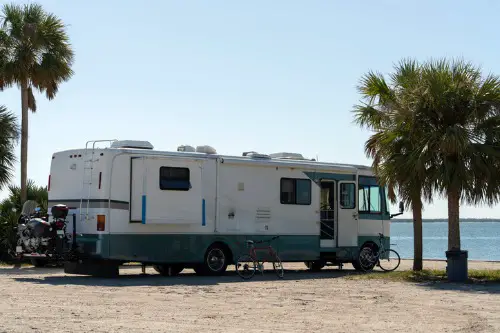
A few counties south of Ocean Breeze sits Briny Breezes, another rare case of a park that became an official town. It started as a trailer park in the 1930s and was incorporated as a municipality in 1963. With around 500 mobile homes squeezed between the ocean and the Intracoastal Waterway, it’s one of the last coastal enclaves of this kind left in Palm Beach County. It even famously turned down a billion-dollar offer from developers who wanted to replace it with condos.
Briny Breezes belongs on this list because it’s a self-governing community born from an RV park mindset. Residents aren’t just neighbors—they’re shareholders in the corporation that owns the land. The park’s governance model has helped preserve its quirky, old-Florida charm. It’s an example of community identity triumphing over commercial temptation.
3. Lake Tyee, Washington
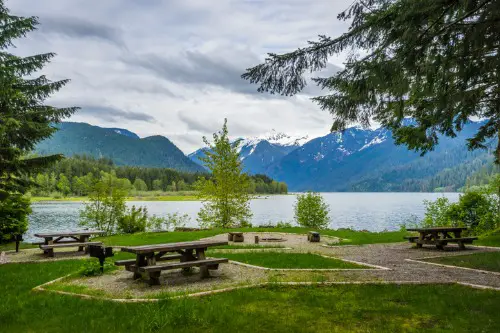
Hidden in the Cascade foothills, Lake Tyee began as a private RV and camping resort in the 1970s. Over time, visitors loved it so much that the property was subdivided into deeded lots, allowing long-term ownership. Today, the community includes over 800 privately owned sites, many with park models or cabins. It functions like a small mountain village, with a homeowners association managing common areas and amenities.
Lake Tyee stands out because it demonstrates a grassroots path from recreation to residence. People didn’t just visit—they put down roots. The shift to ownership turned vacationers into stakeholders, and the result feels more like a neighborhood than a campground. It’s proof that community can grow naturally when people stay connected to a place.
4. Orlando Lakefront at College Park, Florida
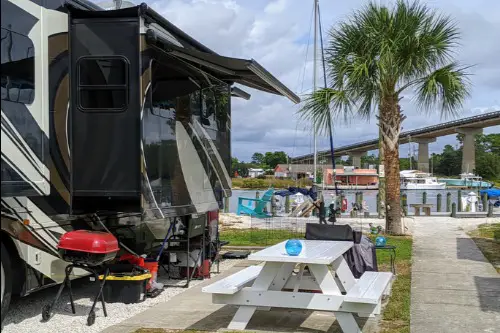
This property started life as a traditional RV park but found new energy through the tiny-home movement. The owner encouraged residents to bring in small houses on wheels, creating a blend of RVs, park models, and modern micro-homes. It’s now one of the best-known urban tiny-home communities in the country, located just minutes from downtown Orlando. Residents form a close-knit network, hosting potlucks, movie nights, and workshops.
It earns a spot because it shows how an RV park can adapt to new housing trends without losing its community heart. Instead of fading away, it reinvented itself for a new generation of nomads and minimalist homeowners. The park’s social atmosphere and location make it more neighborhood than campground. It’s a snapshot of how flexible and forward-thinking these spaces can be.
5. Roberts Resorts’ Coachland Village, California
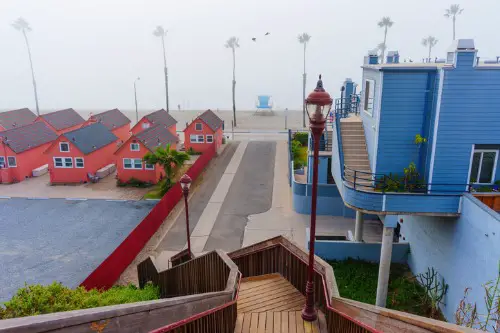
Coachland Village near Truckee, owned by Roberts Resorts, began as a standard RV and mobile home park serving seasonal travelers to Lake Tahoe. Over the years, it’s transformed into a resort-style residential community, complete with upgraded amenities, landscaped lots, and modern park model homes. It still welcomes RVs, but many residents now stay long-term or live there full-time. The atmosphere feels like a suburban neighborhood tucked in the mountains.
Coachland deserves mention because it represents how a commercial park operator can intentionally design for community living. By blending resort features with permanence, it attracts both travelers and settlers. The result is a hybrid lifestyle that mixes recreation and home ownership. It’s a model for the future of RV park development.
6. Desert Gardens RV Community, Arizona
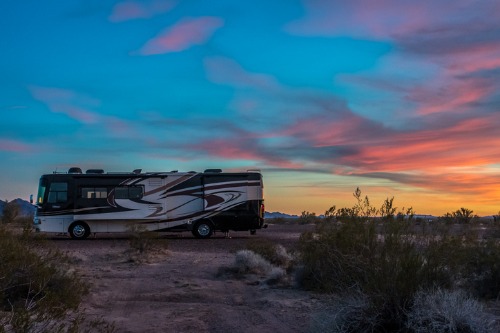
Located near Quartzsite, Desert Gardens started as a stopover spot for snowbirds driving through the desert. But over the decades, its residents began staying longer, eventually forming a year-round community. The park now has its own social clubs, craft shows, and volunteer networks that rival those in small towns. Many residents have customized their lots with patios and gardens, giving the place a cozy, lived-in feel.
Desert Gardens belongs here because it shows how a transient park can grow its own social infrastructure. It didn’t need a corporate rebrand—just time, shared interests, and loyal residents. The friendships and local activities have turned it from a pit stop into a genuine community. It’s RV life at its most personal and enduring.
7. Lakewood RV Resort, North Carolina
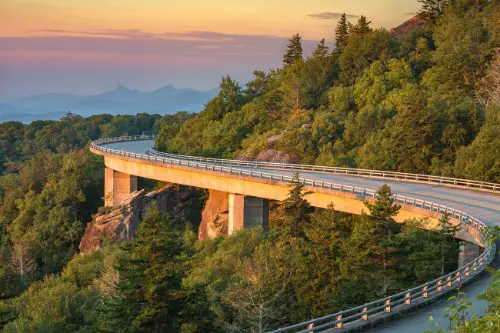
Located in Flat Rock, Lakewood started as a retirement-focused RV park in the Blue Ridge Mountains. Over time, many guests stopped leaving at the end of the season. The park now has a strong base of permanent residents, with community potlucks, worship gatherings, and even neighborhood watch groups. The managers encourage long-term engagement and treat the park like a residential village.
Lakewood deserves inclusion because it exemplifies how RV parks can organically mature into senior-oriented communities. It’s not about luxury—it’s about belonging. Residents know each other by name and take pride in shared upkeep. It’s a gentle reminder that “temporary” can become “home.”
8. Palm Creek Resort & Residences, Arizona
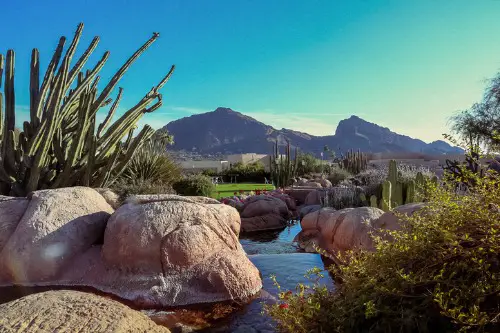
Palm Creek began as a large snowbird RV resort in Casa Grande. It now offers park models, permanent homes, and top-tier amenities like golf courses and fitness centers. Residents often spend most of the year there, forming clubs and associations that keep the community lively. What started as a seasonal destination has become a master-planned neighborhood for active adults.
This park makes the list because it blurs the line between resort and hometown. It’s a polished example of how RV culture and suburban design can merge. The residents’ commitment to long-term living has made it a thriving social ecosystem. It’s an evolved version of the RV dream.
9. Park Delta Bay, California
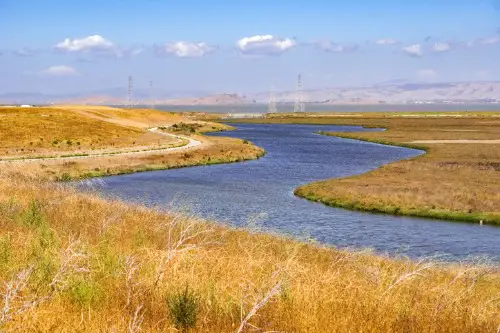
Located in the Sacramento–San Joaquin Delta, Park Delta Bay began as a riverside RV resort but now markets itself as a “tiny house and RV community.” Some residents live full-time in tiny houses on wheels while others occupy traditional RVs. The park hosts community gardens, events, and shared outdoor spaces that create a strong neighborhood vibe. It’s a rare California example where zoning supports long-term RV and tiny-home living.
It earns a spot because it shows how flexible housing regulations can reshape an RV park’s future. Park Delta Bay leans into the idea of sustainable, compact living. Its residents prove that affordability and community can go hand in hand. It’s small in scale but big in heart.
10. Mountain View Estates (formerly Duroville), California
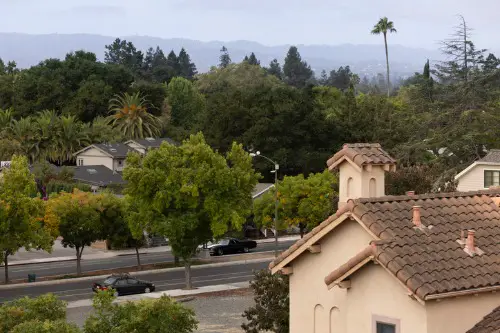
Duroville began as an unregulated trailer park for farmworkers in the Coachella Valley. After years of legal challenges over safety and sanitation, the community was relocated and rebuilt as Mountain View Estates—a cleaner, better-planned mobile home park. Many former residents moved together, preserving their sense of neighborhood. The new park offers infrastructure and social support that the old one lacked.
This story belongs on the list because it’s a rare example of a troubled park being reborn as a thriving community. It shows how redevelopment can restore dignity and stability to residents. Even under difficult circumstances, people found a way to stay together. That resilience defines the spirit of community transformation.
11. Escapees Rainbow’s End, Texas
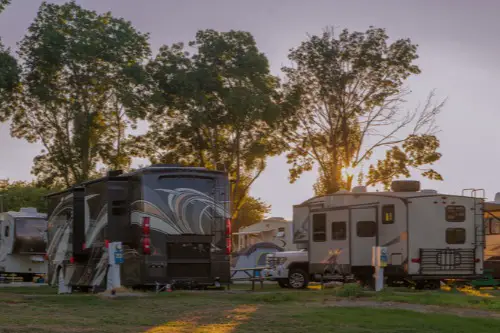
Founded by the Escapees RV Club, Rainbow’s End in Livingston was created as a place for full-time RVers to settle down without giving up their mobility. It includes RV sites, park model homes, and even mail-forwarding services for travelers. Over time, it has grown into a permanent community with its own culture, events, and support network. It’s a haven for people who live on wheels but want a sense of home base.
It’s included because it reflects the evolution of the full-time RV lifestyle into community form. Residents built their own social safety net and mutual-aid system. It’s both a campground and a chosen hometown for nomads. Rainbow’s End captures the emotional side of community building in the RV world.
12. Evergreen RV Park, Ohio
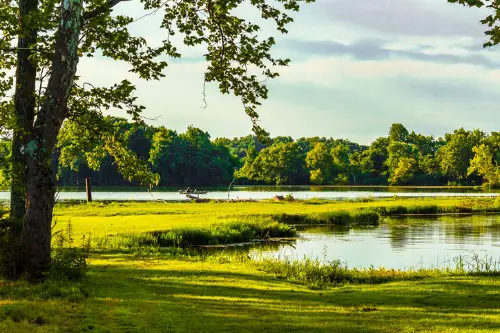
Evergreen RV Park in Dundee began as a small, family-run campground for travelers along I-77. Over the years, its clean facilities, long-term sites, and community-focused management attracted residents who stayed year-round. Today, it’s known as one of the friendliest small RV communities in the Midwest. Regular events, potlucks, and seasonal celebrations make it feel like a rural neighborhood with wheels.
Evergreen earns its place because it’s a perfect example of slow, steady transformation. There’s no big developer or corporate overhaul—just loyal people who decided to stay. The sense of belonging grew naturally as families and retirees put down roots. It’s the American heartland version of what RV community life can become.
This post 12 RV Parks That Turned Into Communities was first published on American Charm.


